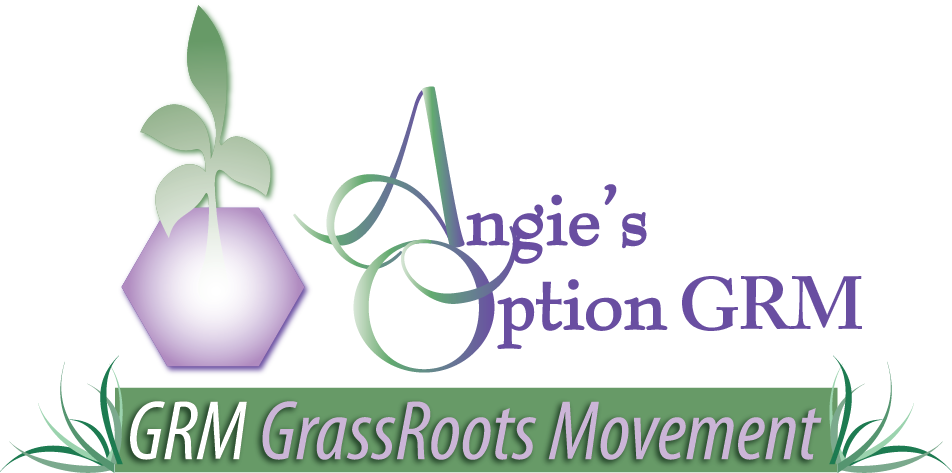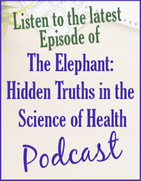Larry A. Law
Blood Sugar
Chronically high blood sugar from a poor diet and lack of exercise can trigger long-term damage to your body. Eyes are significantly affected by blood sugar. Diseases range from cataracts, to glaucoma, and blindness can result. Dr. Eric Berg, a health expert, states: "When your blood sugar is high, it creates a lot of oxidative stress in different tissues, including the eyes. Our bodies produce antioxidants to protect against this oxidation and free radical damage. But certain things, like age and diet, can cause our bodies to make fewer antioxidants. However, plants also make potent antioxidants that we can take advantage of to help counter the effects of oxidative stress." Two outstanding, powerful categories of antioxidants are carotenoids and anthocyanins.
Carotenoids and Anthocyanins
The natural pigments found in vegetables, fruits and berries are called carotenoids and anthocyanins. Foods high in carotenoids are yellow, orange, red, and purple fruits and vegetables, pasture-raised egg yolks and grass-fed meat. Important carotenoids for eye health include beta carotene (a precursor for vitamin A, but make sure it is plant-based—not synthetic), lutein, zeaxanthin, and astaxanthin. Foods high in anthocyanins are red, purple, and blue fruits/vegetables like blueberries, blackberries, blackcurrant, and red cabbage.
Lutein
Studies show that this carotenoid is vital for eye health. It protects against cataracts, glaucoma, and age-related macular degeneration (AMD). AMD is the number one cause of blindness for the elderly. Lutein is concentrated in the macula—the part of your retina responsible for central vision. It is also found in the lens where it fights against cataracts, and is the most efficient carotenoid for filtering out blue light from electronic devices. Blue light promotes oxidative stress in your eyes, and it is this stress that increases the risk of cataracts. Your body cannot make lutein, so you must get it from your diet. Foods rich in lutein are dark leafy greens, egg yolks, carrots, red and yellow peppers, sweet corn, broccoli, avocados, raspberries, cherries, and paprika. Lutein and other carotenoids are fat-soluble. So, to maximize absorption make sure your diet includes healthy fat. The no-fat/low-fat diet is disastrous for eye health.
Vitamin C and Astaxanthin
A great natural source of this powerful antioxidant is acerola cherries. Each cherry has only 1 calorie, but 80 mg of vitamin C. However, the most powerful antioxidant is astaxanthin. It is produced by the microalgae Haematococcus pluvialis when its water supply dries up, forcing it to protect itself from ultraviolet radiation. The only other sources are the sea creatures that consume the algae—wild salmon, shellfish, and krill. Studies document protective benefits to several eye-related problems like cataracts, AMD, cystoid macular edema, diabetic retinopathy, retinal arterial occlusion and venous occlusion, glaucoma, and inflammatory eye diseases like retinitis, iritis, keratitis, and scleritis. Astaxanthin ameliorates and prevents light-induced damage, photoreceptor cell damage, ganglion cell damage, and damage to the neurons in the inner retinal layers. It also helps maintain appropriate eye pressure levels. Clearly, eating a plant-based diet is crucial for eye health. For more information on how to support your immune system, how to avoid altered food, and how to tell the difference between natural versus synthetic/inorganic supplements, see my book, There's An Elephant in the Room—Exposing Hidden Truths in the Science of Health.
2 Comments
Maria
5/28/2024 05:40:16 am
I truly appreciate and find so much value in the articles you write.
Reply
Larry Law
5/28/2024 11:37:22 am
Thank you so much Maria
Reply
Leave a Reply. |
BlogArchives
July 2024
Categories
All
|
© Angie's Option GRM. All rights reserved.




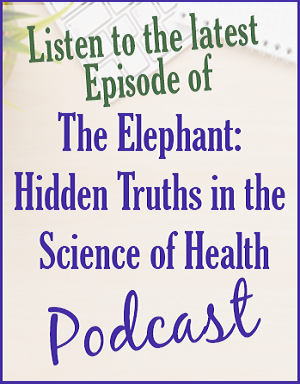
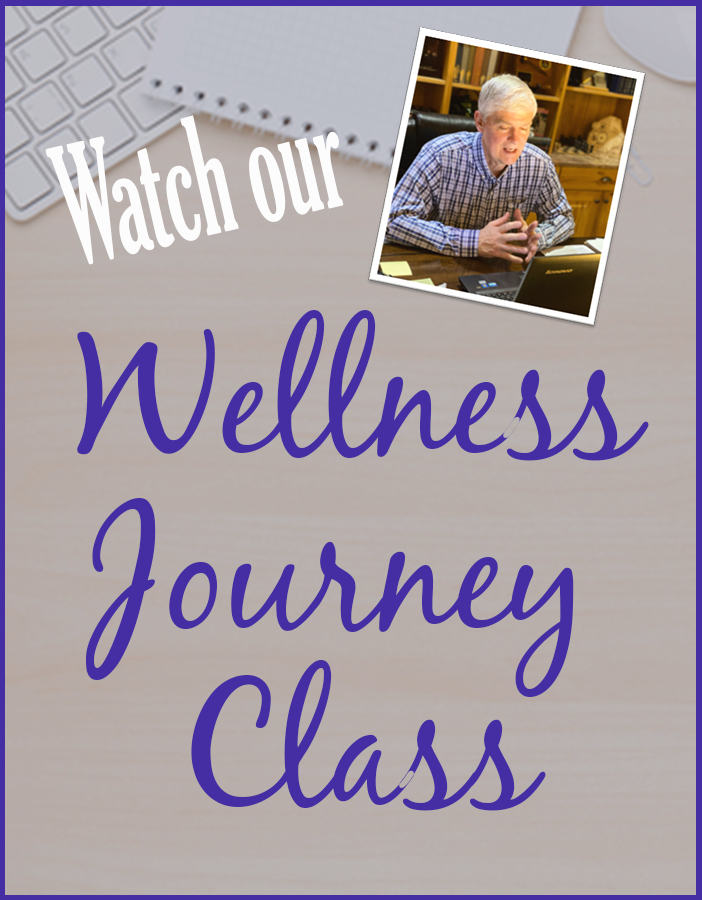
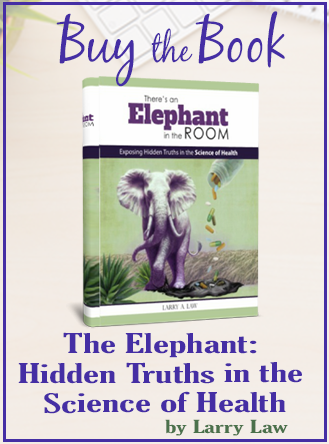

 RSS Feed
RSS Feed
